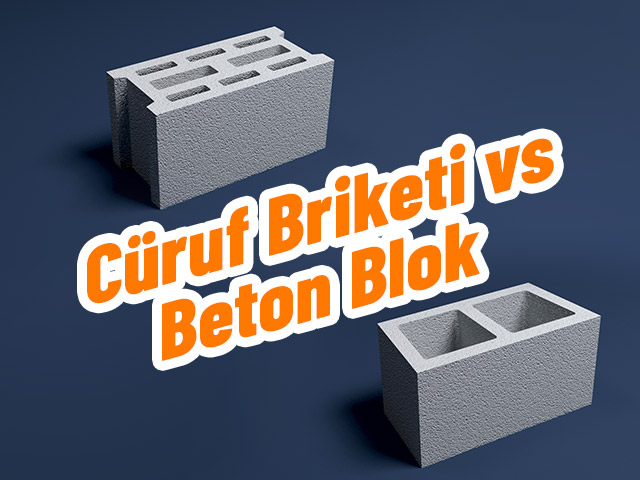Cinder block vs concrete block comparison shows that cinder blocks are usually produced from industrial by-products. These briquettes offer an environmentally friendly alternative, while at the same time showing resistance to high temperatures and certain chemicals. However, their structural strength and water resistance often lag behind concrete blocks, making them less favourable in some structural applications.
Cinder block vs concrete block comparison, it is understood that concrete blocks are more traditional building materials and are mostly made of a mixture of cement, sand and fine aggregates. Concrete blocks have high compressive strength and are widely used in various construction projects, especially load-bearing walls and foundations. Furthermore, their modular dimensions standardise and simplify the construction process.



